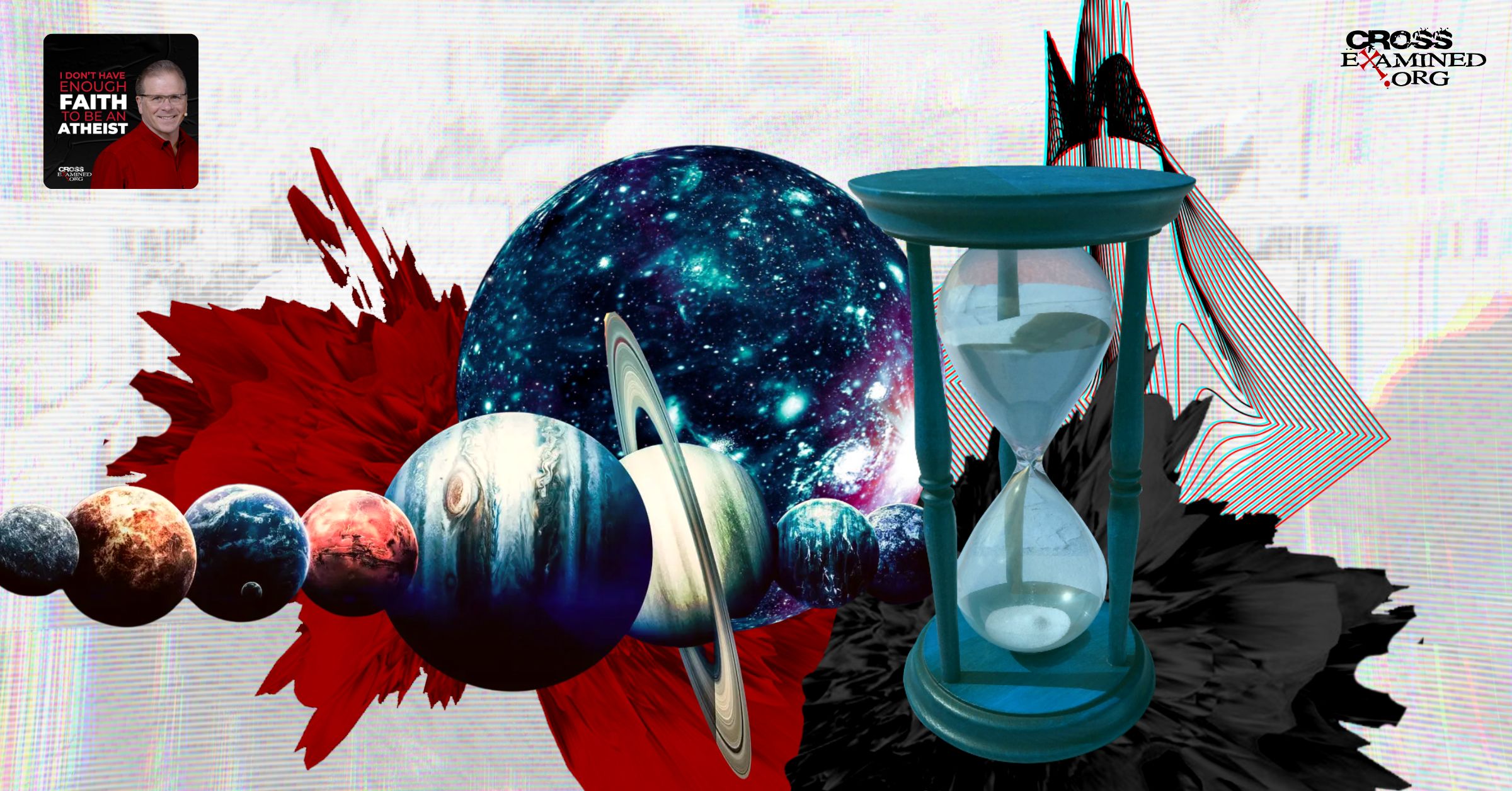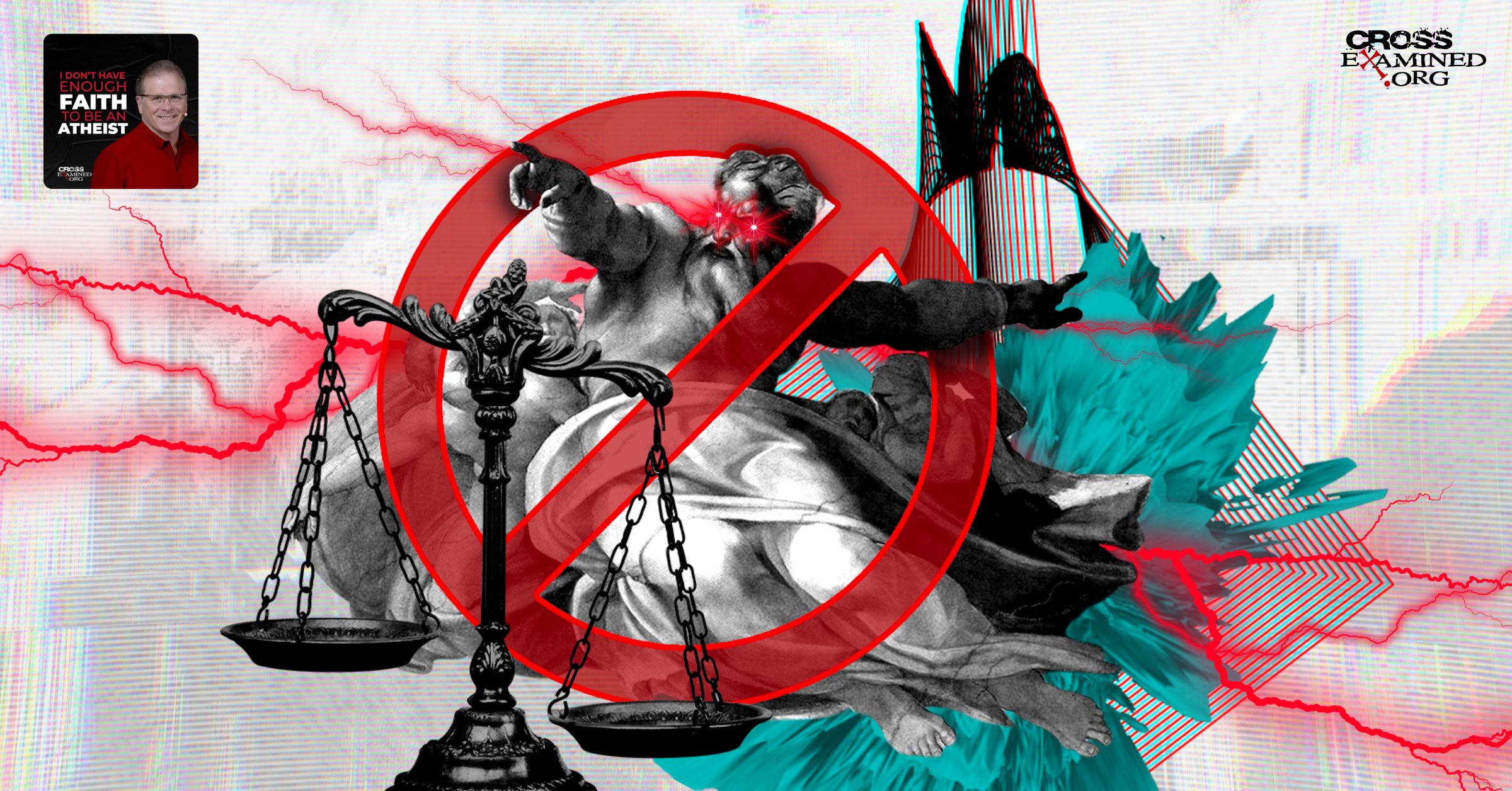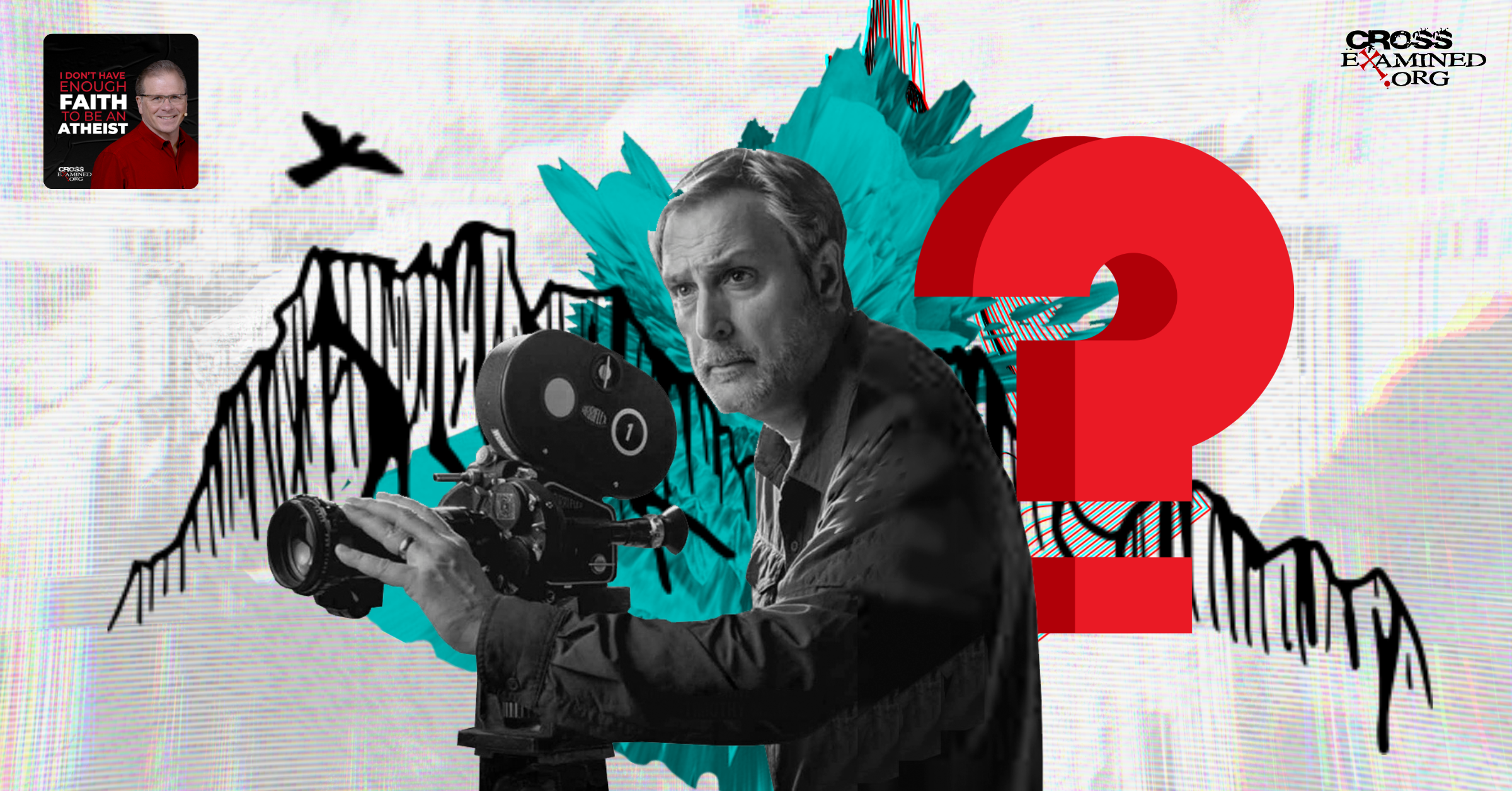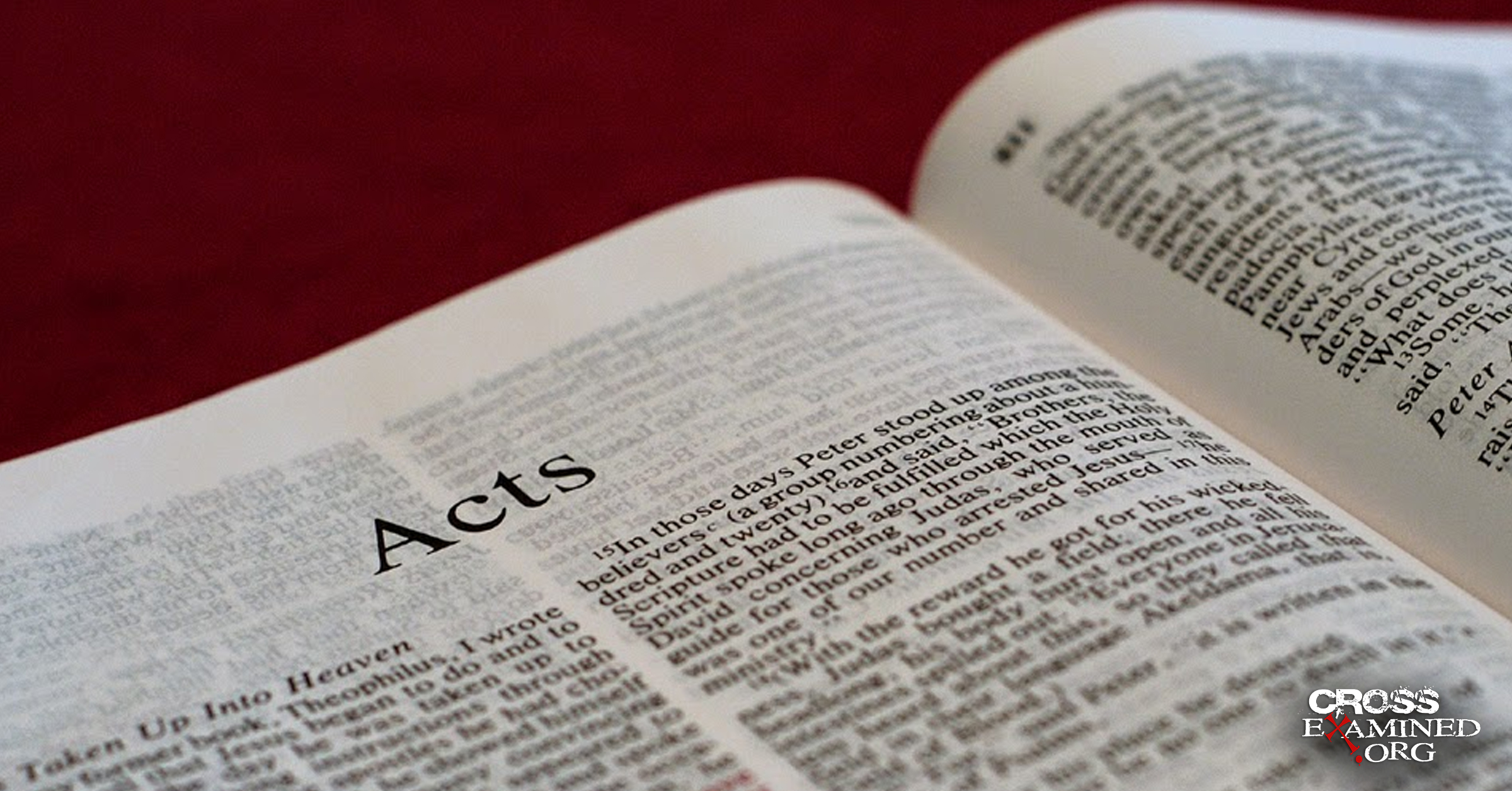What Really Happened at Nicea?
For many years, the council of Nicea has been the subject of much confusion among laypeople. The misapprehensions which have come to be associated with the council of Nicea have, in part, been fuelled by popular fiction novels such as Dan Brown’s notorious The Da Vinci Code. No matter what group you are dealing with in your apologetic exploits (including atheists, Muslims, Jehovah’s witnesses, and Unitarians), you are almost guaranteed to encounter some of these misconceptions. For this reason, it is important for Christians to study and learn church history so that they might correct common myths and falsehoods.
The council of Nicea was famously convened on May 20, 325 AD, at the request of Emperor Constantine. What did the council of bishops meet to discuss? Contrary to the common misconception (popularised particularly in Muslim circles) that has been widely circulated via the internet, the council of Nicea did not meet to discuss the canon of Scripture — that is, the decision about which books should make up the New Testament. In fact, there is not a shred of evidence that the canon of Scripture was even brought up at Nicea. Another misconception is that the council of Nicea, at the encouraging of Constantine, “invented” the deity of Christ or, at the very least, that the bishops in attendance at Nicea were significantly divided on the issue, the matter being decided with a vote. This too, however, is completely inaccurate. In 325 AD, when the bishops convened at Nicea, the deity of Christ had been affirmed almost unanimously by the Christian movement for close to three hundred years!
The bishops who met at Nicea had just come out of an extremely challenging time of intense persecution by the Romans, having lived through the cruelty of the Emperors Diocletian (ruling 284-305) and Maximian (ruling 286-305). One of the bishops present at Nicea, Paphnutius, had even lost his right eye and been given a limp in his left leg as a consequence of his profession of faith. According to one ancient writer, Theodoret (393-457),
“Paul, bishop of Neo-Cæsarea, a fortress situated on the banks of the Euphrates, had suffered from the frantic rage of Licinius. He had been deprived of the use of both hands by the application of a red-hot iron, by which the nerves which give motion to the muscles had been contracted and rendered dead. Some had had the right eye dug out, others had lost the right arm. Among these was Paphnutius of Egypt. In short, the Council looked like an assembled army of martyrs.”
It strikes me as odd, therefore, that one would suppose that the early Christian movement, has come out of such difficult times like those, would capitulate so easily to the emperor Constantine’s demands with respect to defining the very fundamentals of their faith!
The story of the Nicean council begins in Alexandria in northwest Egypt. The archbishop of Alexandria was a man by the name of Alexander. A member of his senior clergy, called Arius, took issue with Alexander’s view of Jesus’s divine nature, insisting that the Son is, in fact, himself a created being. In similar fashion to modern Jehovah’s Witnesses, Arius maintained that Jesus was like the Father inasmuch as they both existed before creation, played a role in the creation and were exalted above it. But the Son, according to the theology of Arius, was the first of God’s creations and was commissioned by the Father to create the world.
On this point, Alexander strongly disagreed, and publically challenged Arius’s heretical teachings. In 318 AD, Alexander called together a hundred or so bishops to talk over the matter and to defrock Arius. Arius, however, went to Nicomedia in Asia Minor and rallied his supporters, including Eusebius of Nicomedia, who was a relative by marriage to Constantine, the emperor, and a theologian in the imperial court. Eusebius and Arius wrote to many bishops who had not been involved in the defrocking of Arius. The effect was the creation of divisions among the bishops. Embarrassed by such bickering, the emperor Constantine convened the ecumenical council of Nicea in 325.
Constantine’s primary concern was imperial unity rather than theological accuracy, and he desired a decision that would be supported by the greatest number of bishops, regardless of what conclusion was reached. His theological advisor, Hosius, served to get the emperor up to speed before the arrival of the bishops. Since Arius was not a bishop, he was not invited to sit on the council. However, his supporter Eusebius of Nicomedia acted on Arius’s behalf and presented his point of view.
Arius’s position regarding the finite nature of the Son was not popular with the bishops. It became clear, however, that a formal statement concerning the nature of the Son and his relationship to the Father was needed. The real issue at the council of Nicea was thus how, and not if, Jesus was divine.
A formal statement was eventually put together and signed by the bishops. Those who declined to sign the statement were stripped of their rank of bishop. The few who supported Arius insisted that only language found in Scripture should feature in the statement, whereas Arius’s critics insisted that only non-Biblical language was adequate to fully unpack the implications of the language found in the Bible. It was Constantine who eventually suggested that the Father and Son be said to be of the “same substance” (homoousios in Greek). Although Constantine hoped that this statement would keep all parties happy (implying the complete deity of Jesus without going much further), the supporters of Arius insisted that this language suggested that the Father and Son were equal but didn’t explain how this was compatible with the central tenet of monotheism (i.e., the belief in only one deity).
Nonetheless, the Nicean creed did indeed incorporate this language. It stated,
“We believe in one God, the Father almighty, maker of all things, visible and invisible; And in one Lord Jesus Christ, the Son of God, begotten from the Father, only-begotten, that is, from the substance of the Father, God from God, light from light, true God from true God, begotten not made, of one substance with the Father, through Whom all things came into being, things in heaven and things on earth, Who because of us men and because of our salvation came down and became incarnate, becoming man, suffered and rose again on the third day, ascended to the heavens, and will come to judge the living and the dead; And in the Holy Spirit. But as for those who say, ‘There was when He was not, and, Before being born He was not, and that He came into existence out of nothing, or who assert that the Son of God is from a different hypostasis or substance, or is created, ir is subject to alteration or change — these the Catholic Church anathematizes.”
With the exception of two (Secundus of Ptolemais and Theonas of Marmarcia), the creed was signed by all the bishops, numbering more than 300. Arius’s supporters had been overwhelmingly defeated.
Arius’s supporters, however, managed to find some wiggle room. A single letter iota changes the meaning of homo (“same”) to “like” (homoi). The latter could be exploited by Arius and his followers to describe a created Christ. Moreover, it was argued, the creed could be interpreted as supporting Sabellianism, an ancient heresy which fails to discriminate between persons of the Godhead. It was this in-house squabbling between bishops that ultimately led to the council of Constantinople in 381.
A company of bishops started to campaign for the formal reinstatement of Arius as a presbyter in Alexandria. Constantine yielded to their petition and, in 332, re-instated Arius as a presbyter. Athanasius, who had recently succeeded his mentor Alexander as bishop of Alexandria, was instructed to accept Arius into the church once again. Needless to say, Athanasius did not comply with this order. The consequence was an exile. Constantine had little interest in the precision of his theology — rather, it was the struggle for imperial unity that was his motivation.
In conclusion, although popular misconceptions about the council of Nicea are rampant, the idea that the council of Nicea determined which books comprised the new testament or that it invented the deity of Christ to comply with the demands of Constantine are myths. Indeed, correct theology was of little concern to Constantine, who cared much more about imperial unity. Christians must make a serious effort to study and learn church history, so that when we encounter such claims in the media and in our personal evangelism, we may know how to present an accurate account of our history.











Leave a Reply
Want to join the discussion?Feel free to contribute!